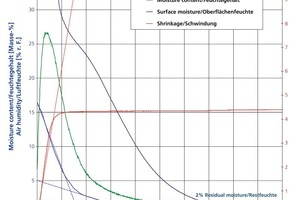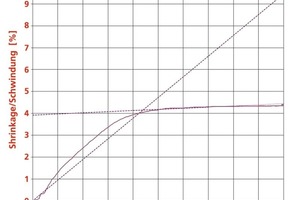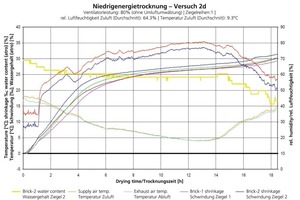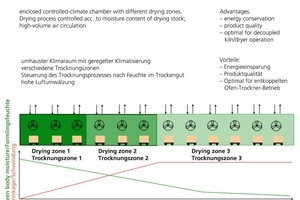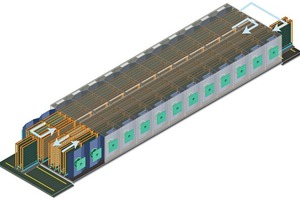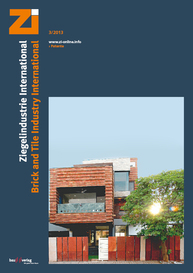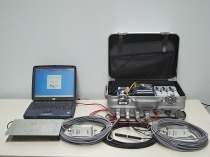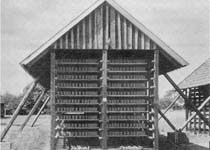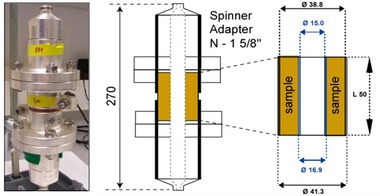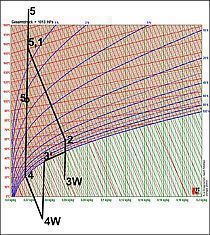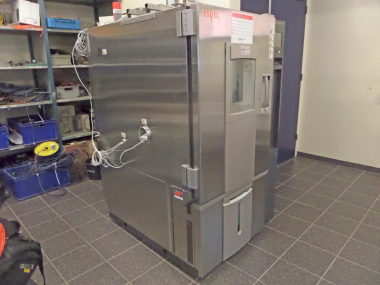Germany‘s ambient-air drying potential
Due to substantial increases in the cost of fossil-fuel energy and to the necessity of reducing CO2 emissions, cost-cutting measures and alternative sources of energy for production processes are becoming more and more important in the ceramic industry. Since most of the overall cost of ceramic production goes for drying and firing the products, it is only logical to start looking there.

